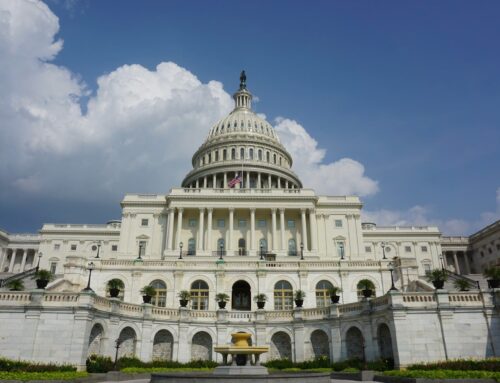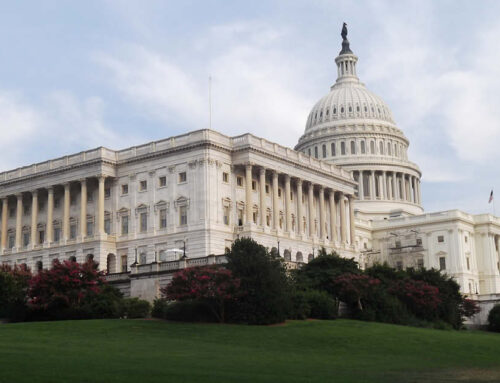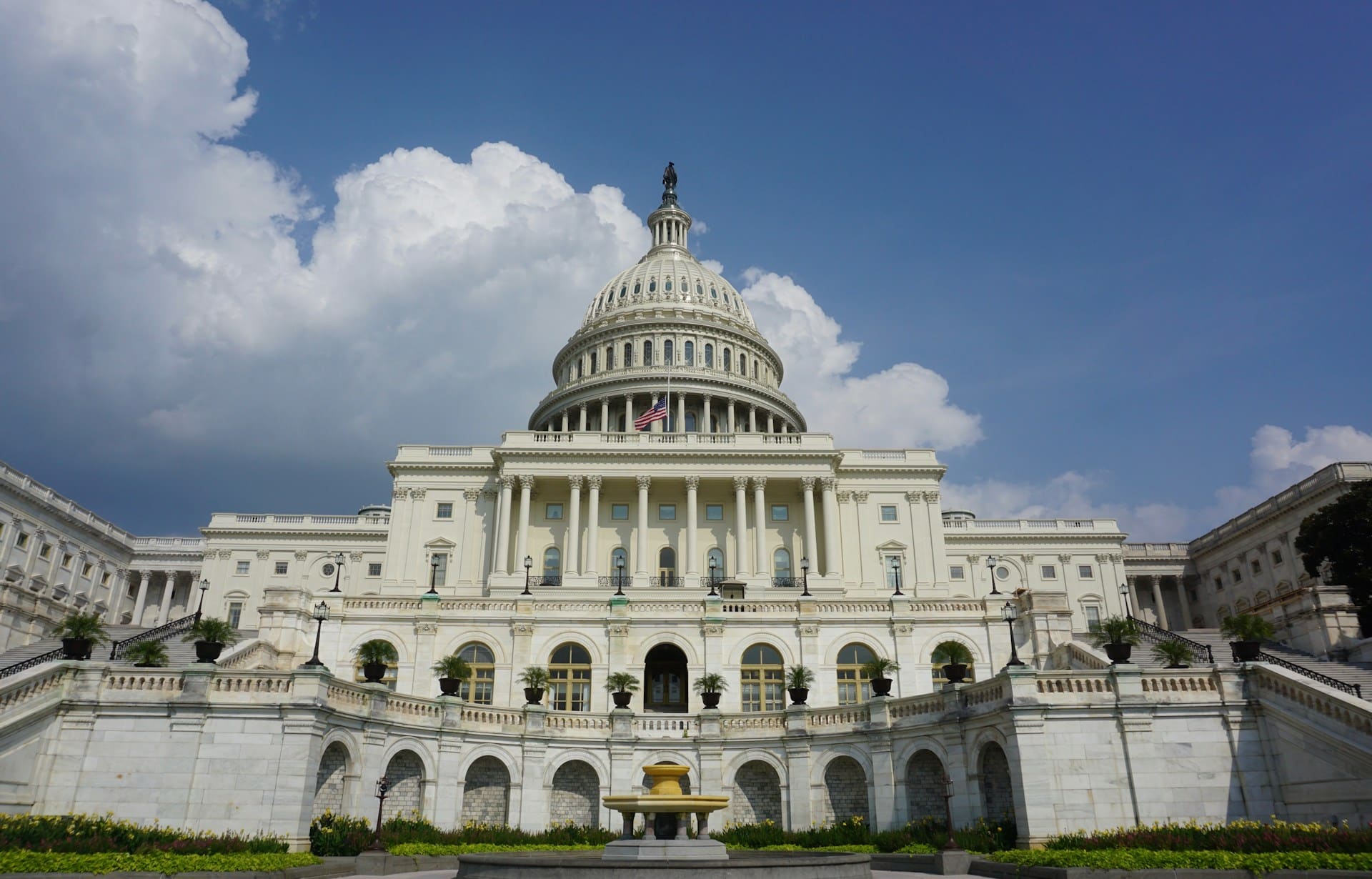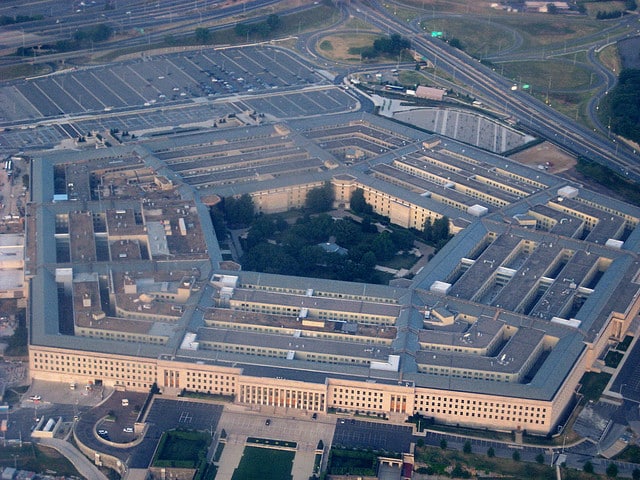When rumblings of a federal government shutdown surface, they trigger immediate concern among public employees and, with growing apprehension, the broader American populace. But what exactly precipitates these shutdowns, and how do they genuinely affect the U.S. economy and the American taxpayer?
The nation faces a potential government shutdown on October 1, 2023 due to lawmakers’ failure to approve the 12 appropriations bills needed to finance government operations for the upcoming fiscal year. A government shutdown results from the Antideficiency Act, which mandates that federal agencies cannot operate without an appropriation from Congress.[1] Such a shutdown halts non-essential services, though crucial services like air traffic control and law enforcement continue, with employees working unpaid until the shutdown ends.[2]
Contrary to popular belief, this includes the military. In some years, Congress passed legislation ensuring that members of the military receive pay during a shutdown. In other cases, some of the spending bills, including the one that funds the Pentagon passed, and there was only a partial shutdown. That is not the case this year. As noted, none of the spending bills have passed. And there – to date – has not been any separate legislation to ensure that the military or any other sectors of government get special dispensation. Notably, shutdowns affect only about 25% of federal spending, as mandatory spending on programs like Medicare and Social Security operates automatically according to rules established by Congress.
Congress and the President have already agreed on overall funding levels for FY2024, so this potential shutdown seems even more senseless than previous ones.
Continuing Resolutions
For the government to function without interruptions, Congress must pass, and the president must sign, all 12 appropriation bills by September 30, either individually or as a package.[3] A Continuing Resolution (CR) can serve as a stopgap funding solution, typically extending the previous year’s funding levels temporarily, from one day to one year. Congress often resorts to multiple CRs, even within a single fiscal year. Between 2010 and 2022, 47 such resolutions were passed. While CRs help buy time to avoid shutdowns, they present challenges for agencies because of their temporary nature. They continue funding based on outdated data from the prior year and overlook in-depth evaluations of individual agency budgets. Moreover, CRs impede agency planning, travel and hiring. Extended CRs effectively shorten the fiscal year, and sometimes force agencies to spend more within a reduced period to utilize the allocated funds.
The Fiscal Responsibility Act of 2023
The Fiscal Responsibility Act of 2023 (FRA) was enacted with bipartisan support to suspend the federal debt ceiling until January 1, 2025, thereby preventing a default.[4] A government shutdown occurs when Congress fails to approve funding legislation, which ceases all non-essential discretionary functions until new funding legislation is authorized and signed into law. A default occurs when the government surpasses the statutory debt limit and cannot meet its financial obligations. Although this has yet to happen, the potential broader impacts on federal operations, financial markets, and the global economy generate significant concern.
The FRA introduces several provisions that could influence the contours of a government shutdown. It sets caps on defense and non-defense discretionary spending for FY 2024 and FY 2025, enforceable through sequestration. Additionally, to deter Congress from funding the government with a CR beyond December 2023, the act includes a provision that would automatically prevent a shutdown by funding agencies at 1% less than their fiscal 2023 allocations. However, this provision activates only on January 1, 2024.
Past Government Shutdowns
Procedures during a government shutdown vary across agencies, each following their distinct contingency plans. While essential services such as border protection, hospital medical services and air traffic control remain operational, many other sectors experience disruptions. For example, Social Security and Medicare continue disbursing checks, but services like benefit verification and card issuance halt. Environmental and food inspections might cease, compromising health and safety standards. Many national parks shut down, affecting tourism and local economies. Air travel might face extended delays due to strains on security and operations. Like the NIH, institutions within the Department of Health and Human Services may not admit new patients or process certain grants. While the IRS might sustain some operations, others might be delayed, impacting processes like loan and tax refund transactions.
A common misconception is that government shutdowns result in savings. In fact, they are costly, leading to losses from uncollected fees, expenses related to the execution of contingency plans, and compensation for non-working federal employees. The broader economy also suffers, potentially influencing tax revenues. Notable recent shutdowns include:
- FY1996 Shutdowns[5]: From 1995 to 1996, the U.S. experienced two significant government shutdowns due to disagreements between Democratic President Bill Clinton and the Republican Congress over the 1996 federal budget’s allocations for education, the environment, and public health. The first shutdown lasted from November 14 to November 19, 1995, and the second from December 16, 1995, to January 6, 1996. During the first, around 800,000 federal workers were furloughed, and about 284,000 during the second. Polls suggested that the public predominantly blamed congressional Republicans for the shutdowns, which may have boosted Clinton’s performance in his 1996 presidential reelection. Beyond political outcomes, these shutdowns interrupted government services, delayed federal worker payments, and imposed a drag on the economy.
- FY2014 Shutdown[6]: A 16-day shutdown spanned from October 1 to October 16, 2013, rooted in discord between the Republican-led House and the Democratic-led Senate over the 2014 Continuing Appropriations Resolution bill, specifically about funding for the Affordable Care Act (ACA). This shutdown had significant repercussions: numerous federal employees were furloughed, and many government services were disrupted. The economic impact was severe, with losses estimated at $24 billion or approximately $1.5 billion daily. The financial toll is evident in the 0.3 percentage point decline in the fourth-quarter GDP that year, as the Bureau of Economic Analysis reported. Beyond immediate economic costs, the shutdown affected sectors like tourism and airlines, and critical processes like passport and visa applications, medical research, and toxic waste cleanup experienced significant interruptions.
- FY2018 Shutdowns[7][8]: Two government shutdowns occurred in 2018. The January shutdown, lasting three days, occurred thanks to the Senate’s failure to overcome a Democratic filibuster concerning an appropriations bill. This standoff ended when Senate Democrats agreed to end the filibuster in exchange for a promised debate on the DREAM Act (regarding the potential deportation of young people who arrived in the U.S. with their parents) by Republicans. The December shutdown, lasting 35 days and marking the longest in history, emerged from a dispute over President Trump’s request for $5.7 billion to fund a U.S.-Mexico border wall. During this impasse, President Trump proposed temporarily extending two programs protecting about 700,000 immigrants from deportation — Temporary Protected Status (TPS) and Deferred Action for Childhood Arrivals (DACA) — in exchange for wall funding. However, Democrats declined the $5.7 billion request. While the January shutdown’s effects were relatively minimal, the December event cost the economy $11 billion, delayed $18 billion in federal spending, and affected numerous federal departments. This disruption hampered private-sector activities reliant on federal services.
Probing the Shutdown Mechanism
The Antideficiency Act (ADA) is a federal law enacted by Congress to prevent federal agencies from incurring obligations or making expenditures that exceed the amounts available in appropriations or funds. Initially enacted in 1884, the law underwent major amendments in 1950 and 1982. The primary objective of the ADA is to ensure Congress retains control over the public purse and determines how the government’s funds are spent, in line with the Constitution.
The ADA plays a crucial role in government shutdowns. When Congress fails to enact the annual appropriation bills, federal agencies must cease all non-essential functions. This is because they cannot spend or obligate funds without an appropriation from Congress. The ADA bars federal agencies from incurring obligations that exceed their appropriations (or other revenues if generated by fees or fines). If no new appropriations legislation is passed, the ADA generally strips federal agencies of the authority to enter into contracts, make grants, employ personnel, and fulfill other financial obligations.[9]
Making Sense of the Shutdown Conundrum
Given their economic and societal implications, government shutdowns are consistently contentious topics. Some argue that these shutdowns indicate a dysfunctional political process, while others view them as evidence of an effective system of checks and balances.[10] However, one fact remains undeniable: shutdowns are costly. They impose significant burdens on taxpayers and adversely affect both federal employees and the general public.
A potential remedy might be the adoption of biennial budgets, which would involve financial planning for two years instead of one. This could afford more time for deliberations and decision-making. Another proposed solution is an automatic Continuing Resolution, guaranteeing consistent government funding even when Congress fails to pass appropriations by the deadline.
Still, a comprehensive understanding of the intricacies and elements involved is crucial to prevent future disruptions. Such a broader understanding would ensure the U.S. government’s smooth, efficient, and cost-effective operation. By consistently examining the funding process and pursuing alternative mechanisms to protect against unnecessarily disruptive shutdowns, the nation can steadily work towards precluding undue fiscal pressure and safeguard the best interests of all American taxpayers.









Get Social